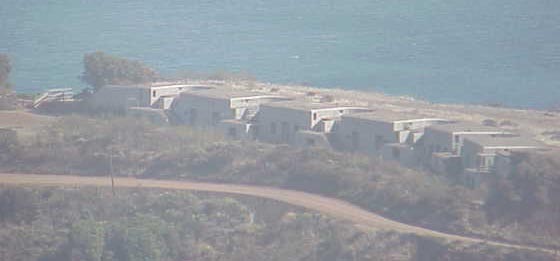
Ordnance:
This battery was armed with six 3-inch 15-pounder guns model B/L#1902 M1, nos 18,19,20,21,22, and 23 and made by the Bethlehem Steel Company. The gun cost $2,000.00, with a range of 11,100 yards. The following are the specification.
These gun were mounted on barbette pedestal mounts, Model 1902, nos 18, 19, 20, 21, 22, and 23, and were 60 mounted, 60 emplaced, relocations until 1942. It took 10 bolts to mount it to circle of 3' 1", Parapet height was 3", and the center to parapet was variable. Note: uneven bolt distribution around circle, often a center pipe for electrical. They were made by Bethlehem Steel Company at a cost of $2,500.00 and weighted 4,075 lbs.
The following information of Gun Model 1902 M1 #18, 19, 20, 21, 22, and 23 and Carriage Model # 18, 19, 20, 21, 22, 23. Emplacement #1 through # 6. The reference height of the crest=75.1 ft above mean low water.

